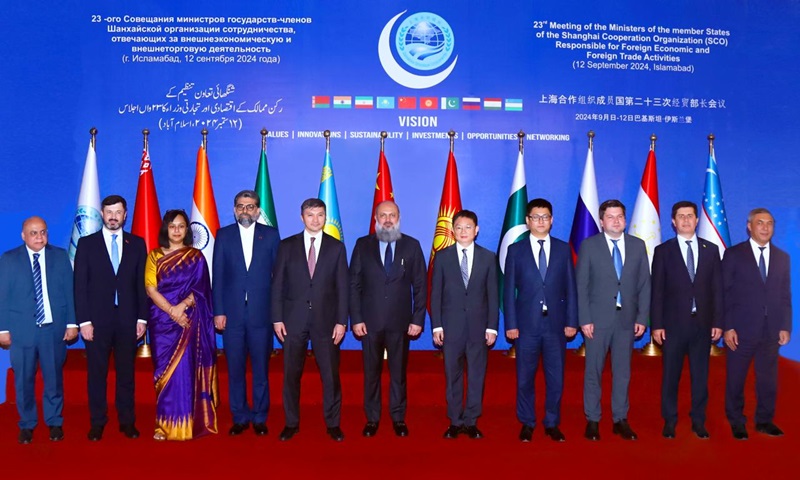In the dynamic landscape of global employment, Pakistan has witnessed a significant trend in the first nine months of 2023. Over 630,000 Pakistanis have embarked on journeys abroad, seeking improved employment prospects. This massive exodus, documented by the Bureau of Emigration & Overseas Employment, reveals a striking shift in the aspirations and mobility of the Pakistani workforce. Let’s delve into the details of this remarkable phenomenon.
The Surge in Emigration
Till September 2023, precisely 633,108 Pakistanis registered for overseas employment, reflecting a 17% increase compared to the same period last year. This means that during September alone, more than 92,000 Pakistanis decided to leave their homeland in pursuit of better opportunities. But what drove this surge?
Occupational Breakdown
A closer look at the statistics shows the diverse range of professionals among the emigrants. A staggering 275,433 were laborers, and 141,282 were drivers. The emigrant pool also included 6,351 engineers, 5,876 accountants, 2,580 doctors, and 1,194 teachers. The Bureau’s data further categorizes these emigrants by their skill levels.
READ MORE: Ousted Pakistani Prime Minister Nawaz Sharif’s Homecoming: A New Dawn for Pakistan
Destination Countries
As for the destination countries, the majority chose the Middle East for employment. Among these, 302,634 workers migrated to Saudi Arabia, 173,561 to the United Arab Emirates, 44,567 to Oman, and 44,777 to Qatar. Beyond the Middle East, significant numbers also ventured to countries such as Malaysia, Bahrain, Romania, Greece, and Iraq.
Excluded Categories
It’s important to note that the Bureau’s data exclusively pertains to individuals who registered with them for overseas employment. This doesn’t encompass students or those who have emigrated through other routes, such as direct immigration.
Comparison with Previous Years
The data highlights a noteworthy trend. Last year, a record-breaking 832,339 Pakistanis went abroad in pursuit of employment, marking the highest figure since 2016. The question arises: what factors are pushing more Pakistanis to explore opportunities beyond their homeland?
Impact on Pakistan
The surge in emigration poses various implications for Pakistan. While it reflects ambition and the desire for economic growth among its people, it also raises concerns about brain drain and its consequences on the nation’s development.
Challenges Faced by Expatriates
Living and working abroad is not without its challenges. Expatriates often face cultural, language, and legal barriers in their new homes. Moreover, issues of exploitation, subpar working conditions, and limited access to legal protection can affect their quality of life.
The Importance of Data Management
In this era of globalization, accurate and timely data is essential for policy-making and ensuring the welfare of overseas Pakistani workers. The Bureau of Emigration & Overseas Employment plays a vital role in managing this data.
Government Initiatives
The government has recognized the significance of overseas employment and is taking initiatives to ensure the protection and well-being of its expatriates. These efforts include improving labor agreements, enhancing consular services, and offering financial incentives.
Economic Implications
The increase in overseas employment also has economic implications for Pakistan. The remittances sent back by expatriates contribute significantly to the country’s foreign exchange reserves and aid in stabilizing the economy.
Conclusion
The exodus of over 630,000 Pakistanis in the first nine months of 2023 is indicative of a profound change in the country’s employment landscape. It reflects the ambition of its workforce, the challenges they face, and the economic implications for Pakistan. The government’s proactive measures and data management play a vital role in ensuring the well-being of its expatriates.




